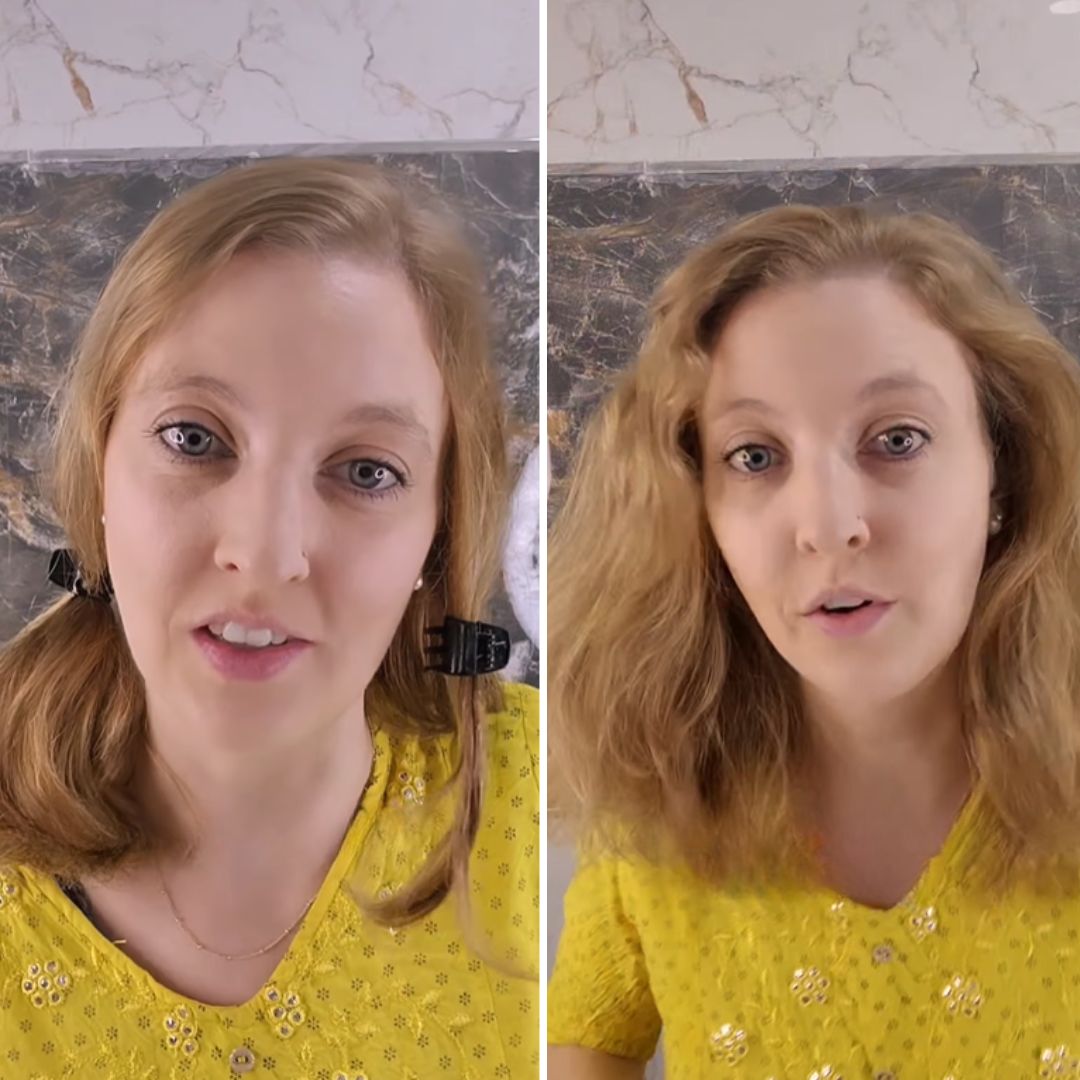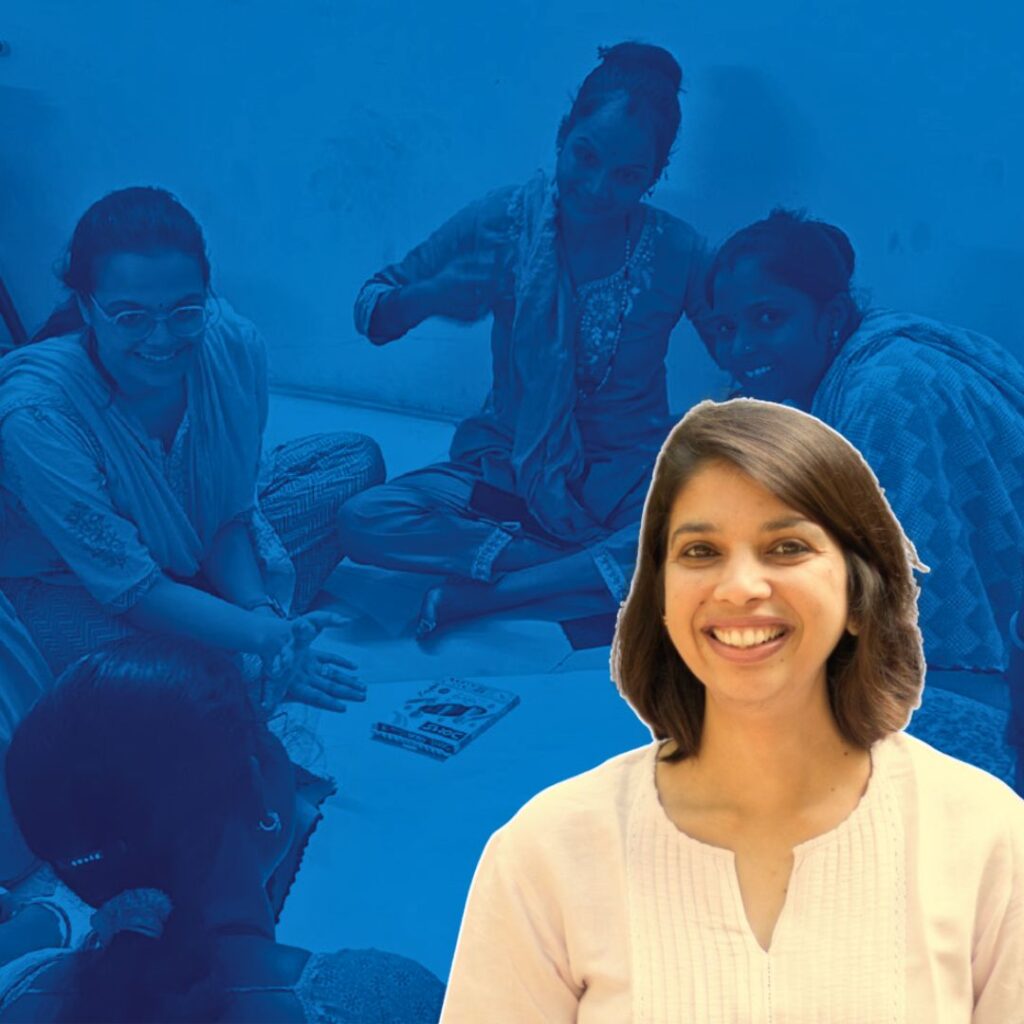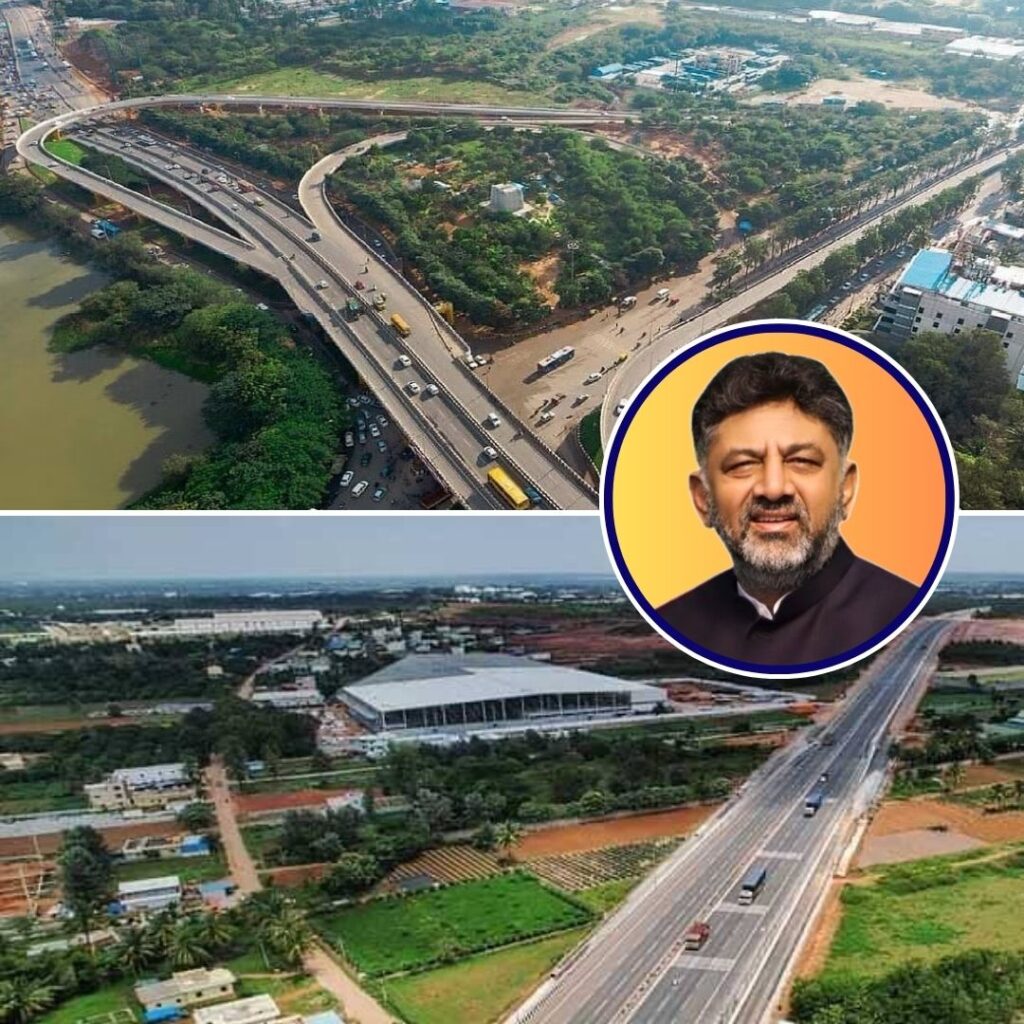Kristen Fischer, an American living in India since 2021, shared an eye-opening experience of how a thumb injury was treated efficiently and affordably at a local Indian hospital, costing only ₹50. This episode highlighted India’s accessible healthcare system, offering prompt medical attention at a fraction of the cost of US healthcare, with ER visits in the US potentially costing thousands of dollars.
Fischer’s story sparked a wave of social media admiration for the Indian system’s proximity, kindness, and affordability, while also spotlighting disparities in healthcare access in different regions of India.

Close-to-Home Care: Speed and Affordability that Impress
Fischer’s accident began in her kitchen when she cut her thumb while chopping vegetables, causing profuse bleeding. Instead of panicking, she quickly wrapped her thumb and cycled five minutes to a nearby hospital. Upon arrival, she was immediately taken to the emergency room where attentive doctors and nurses carefully managed the wound.
They applied a bandage effective enough to stop the bleeding, and she was informed there might be no need for stitches. The entire treatment took about 45 minutes. What left her most amazed was the price—just ₹50 (roughly 60 US cents). This remarkable cost stood in stark contrast to US emergency room charges, which can start at a minimum of $2,000 for any minor injury.
Fischer emphasised how this experience made her feel safe and confident living in India, knowing medical help is just minutes away, affordable, and quick.
The Human Side of Indian Healthcare: Compassion and Practicality
Fischer’s journey not only underscores the affordability and efficiency of Indian healthcare but also its empathetic approach. Unlike systems where patients might endure long waits and complex billing, the Indian hospital she visited focused on practical, prompt care with minimal paperwork or unnecessary procedures.
Social media responses echoed this praise, with many users highlighting the accessibility of clinics and hospitals in most Indian neighbourhoods, especially urban areas, and the supportive, compassionate attitude of medical professionals.
Some commentators also mentioned the presence of charitable medical facilities and community-funded hospitals that further lower barriers to care, allowing people from different economic backgrounds to avail themselves of necessary treatment without financial strain.
Broad Context: Challenges Amid Achievements
While Fischer’s story shines a positive light on Indian healthcare, it is essential to balance this with the broader national context. India produces the world’s largest number of medical graduates annually, but medical services remain unevenly distributed, largely concentrated in cities.
According to the Bharat Health Index 2023, only about 25% of residents in semi-rural and rural areas can access modern healthcare facilities locally. This rural-urban divide means millions continue to face hurdles in timely and affordable healthcare.
Fischer’s experience thus represents the optimistic possibilities within a system that, despite incredible progress, still needs strategic improvements to ensure equitable healthcare access nationwide.
The Logical Indian’s Perspective
Kristen Fischer’s experience powerfully illustrates what accessible, affordable healthcare looks like when rooted in humanity, efficiency, and kindness. It is a reminder that healthcare systems should prioritise patient dignity, reducing financial burdens and barriers to access.
India’s healthcare system must aspire to extend these benefits beyond urban centres, ensuring that every citizen, regardless of location or means, can receive timely medical care without fear of exorbitant costs.











